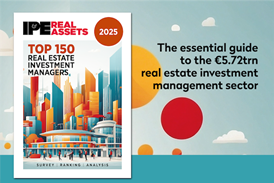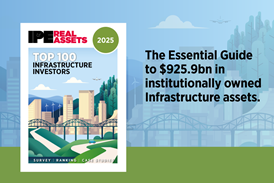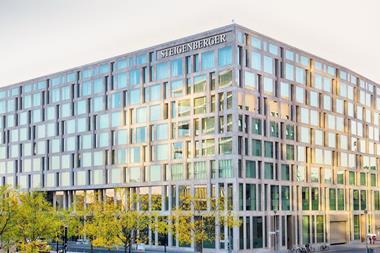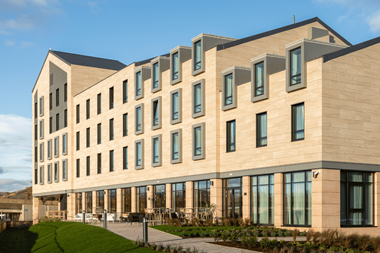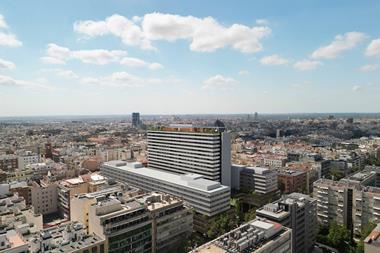Amsterdam’s efforts to regenerate the oldest part of the city centre that includes the Red Light District, an area known for its sex and drugs trade, have received a €60 mln boost following investment by two Dutch pension funds advised by institutional property manager Syntrus Achmea Real Estate & Finance.
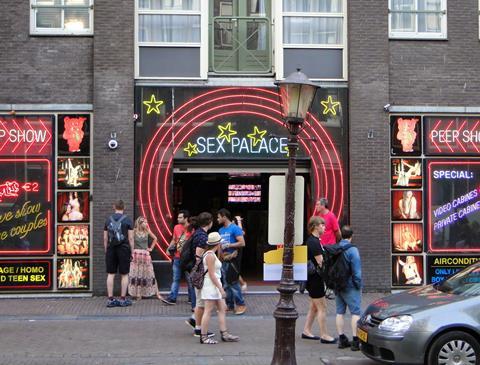
The Dutch Agricultural Workers (Landbouw) pension fund and Rabobank pension funds have taken a 35% stake in a new public-private Impact Investment vehicle which was set up in collaboration with Amsterdam’s municipality and social housing corporation Stadgenoot to transform the area into an attractive residential neighbourhood as well as a vibrant hub for creative businesses and retailers.
The fund has an annual dividend income target of 4.0% and its portfolio encompasses 133 buildings but could expand considerably in the upcoming years.
Henk Jagersma, CEO of Syntrus Achmea RE&F, said: 'Dutch pension funds have a duty towards their members to maximise their risk-adjusted investment returns in a socially responsible way. We believe that by applying Impact Investing principles in Amsterdam’s city centre we can achieve a solid uplift in property values for a low level of risk. At the same time, we can deliver a much safer and more attractive neighbourhood for residents and visitors alike.'
The partners in the fund - called 1012 Inc. after the postal code for the downtown neighbourhood – aim to help regenerate the area with targeted investments and active asset management. As a condition of the agreement for their investment in 1012 Inc., the Landbouw and Rabobank pension funds have also separately, outside the project, received preferential negotiating rights with Amsterdam Municipality for four residential development locations around the city’s main A10 ringroad.
These sites have a value of about €150 mln and will be used for the construction of approximately 750 mid-priced rental apartments.
Amsterdam's residential market has become a magnet for international and domestic investors as a shortage of owner-occupier and rental housing supply, coupled with strong demand from the city's growing population and the expansion in the number of single households, has led to a severe shortfall in the approximately 11,000 new homes that need to be built each year.
